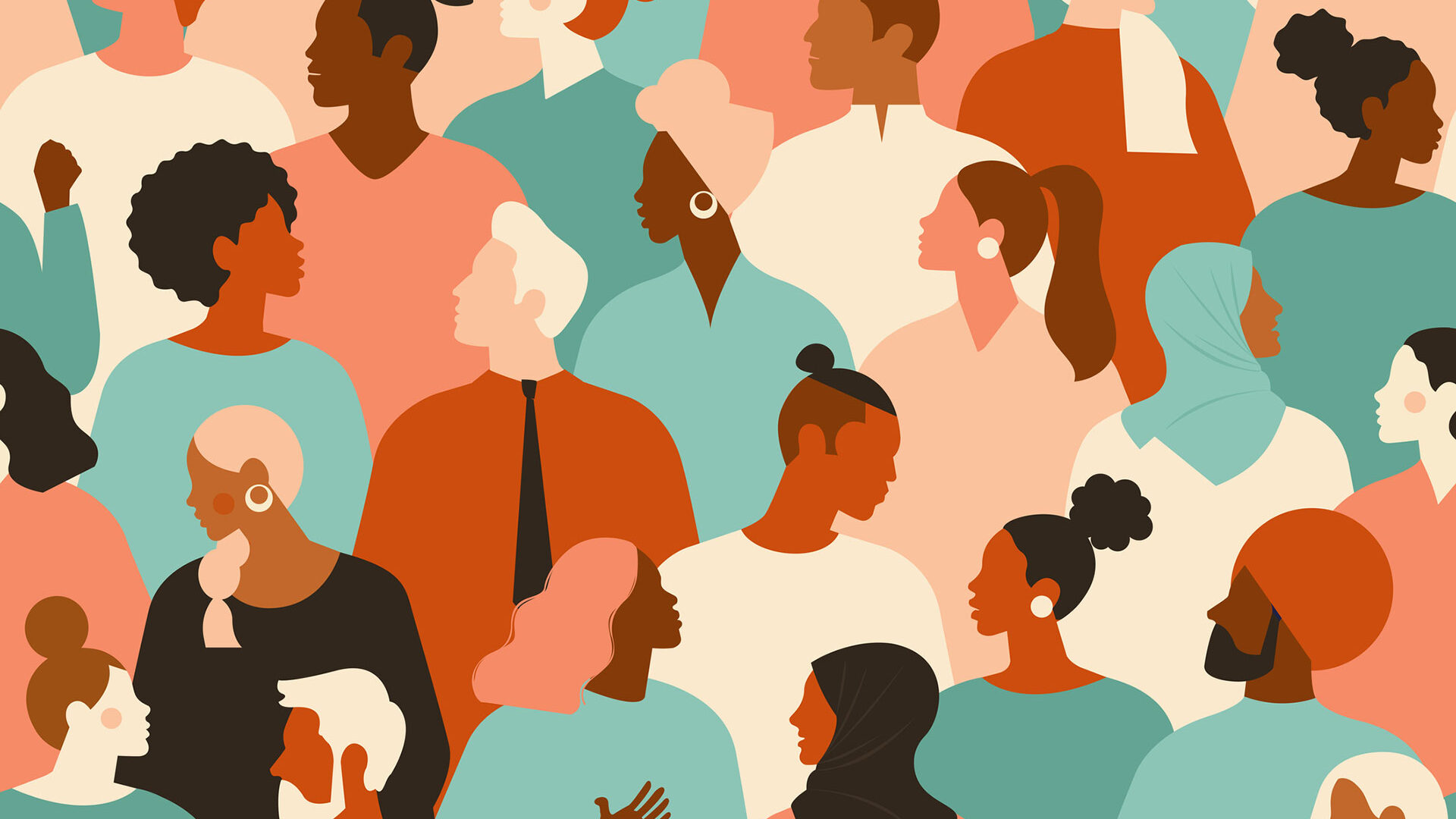Acknowledgement and Commitment to the Roots of RJ
As Restorative Justice has become more mainstream in the United States especially within the structures of the Education and Criminal Justice Systems, we at KCRJ want to create space for naming the people who came before us and lift the movements to heal historical harms in the United States. First, we want to recognize the land we are on here in Lexington, Kentucky, ancestral and unceded lands of several tribal nations: the East Cherokee, Osage, Yuchi, Shawanwaki/Shawnee, Hopewell Culture, and the Adena Culture. We believe that naming the original and ongoing wardens of this land gives space to recognize the historical harms that still exist for Indigenous peoples today. Within our own journey in Restorative Justice, we have found its truths in deeply held practices that humans have used around the world for hundreds of years. Fania Davis, a pioneer in social justice and a Restorative Justice practitioner, wrote in her book, “The Little Book of Race and Restorative Justice,” about the Indigenous ethos that speaks through Restorative Justice. She says, “ubuntu (a South African word expressing how the individual exists only in relationship to the collective) emphasizes humans’ inter-identity and inter-relationality with all dimensions of existence…” This is the core of Restorative Justice: the innate responsibility we have to one another through our interconnectedness. Davis also highlights the Lakota Sioux people who similarly say, we are all relatives and have the responsibility to exist in “right relationship.” Then, she notes of the Judeo- Christian concept of shalom, which reinforces the necessity of good relations with people and the earth. From three distinct communities across the globe, we can see the central value of togetherness. We know that to repair harm, we need to live in that “right relationship.” Within that relationship, are the values of community, respect, collective wisdom, and responsibility to one another.
Often within Restorative Justice, we see these values expressed on individual or micro-community levels. While this offers pieces of healing, it does not offer healing along lines of differences in this country on the structural level, such as class, gender, and racial disparities. Our hope at KCRJ is that Restorative Justice work and values can support us all in repairing these harms. We know that our scope is limited, so we will continue to learn and to fill in the gaps within our corner of the Restorative Justice movement. Below are more resources on the intersections of race and Restorative Justice, Indigenous peoples and Restorative Justice, and personal inner work toward greater accountability and healing. These resources are especially important for White practitioners or folks interested in RJ.

For more information from BIPOC Practitioners who work and believe in RJ, but recognize many gaps within the movement, read:
Colorizing Restorative Justice
Editor: Edward C Valandra, Waŋbli Wapȟáha Hokšíla – Foreword by Justice Robert G. Yazzie
For more information on the realities of RJ and the impact on BIPOC folks, read:
Little Book of Race and Restorative Justice
Black Lives, Healing, and US Social Transformation
By Fania Davis
For more information on the ongoing suffering experienced by many Indigenous communities, such as the Dakota People, read:
What does Justice Look Like?
The struggle for Liberation in Dakota Homeland
By Waziyatawin, Ph.D.
"Thank you Madison Trusty, Berea College Intern, 2023 for using your creative superpowers to fully express and honor our indigenous roots in restorative work! We will pay it forward every day!"

